PLA is undoubtedly the most widely used material for 3D printing worldwide, but it has some disadvantages. In particular, one of the things that often makes people prefer ABS over PLA is the ability to smooth it out using acetone.
If you think that PLA cannot be smoothed to get the same results as ABS, let me tell you that you are wrong. Want to know more? Then hang around because we’re just getting started.
📖 What do you want to read?
What do we mean when we talk about smoothing PLA?
Well, it’s very simple: when we talk about smoothing PLA we mean applying some kind of post-processing to our PLA printed parts to make the additive manufacturing layers invisible and eliminate possible imperfections.
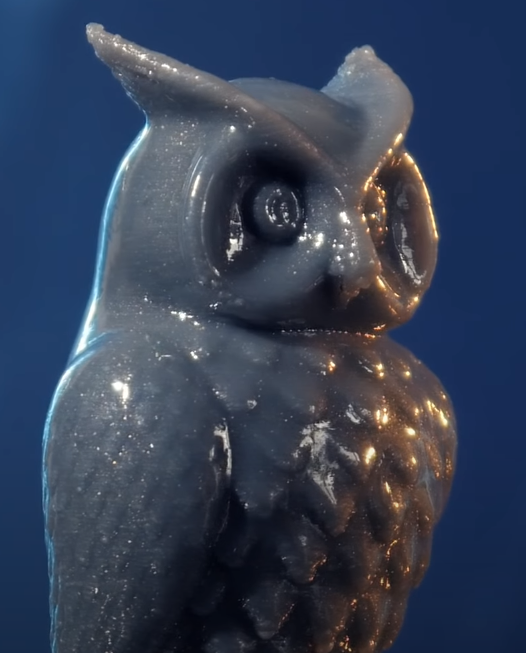
What are the advantages of smoothing a PLA printed part?
Smoothing our PLA printed parts offers several advantages, not all of which are obvious:
- It allows us to print at higher layer heights, saving printing time. By smoothing the parts the layers will be almost invisible so it will not matter so much if we have used a small or large layer height.
- It allows us to use more conservative printing parameters. We will be able to use more supports without fearing the marks they leave, print at higher temperatures to prevent jams at the cost of losing some aesthetic quality…
- Depending on how we smooth our part, we may be able to increase its mechanical strength as well as improve its appearance.
- It saves a lot of sanding time if our goal is to paint the part later.
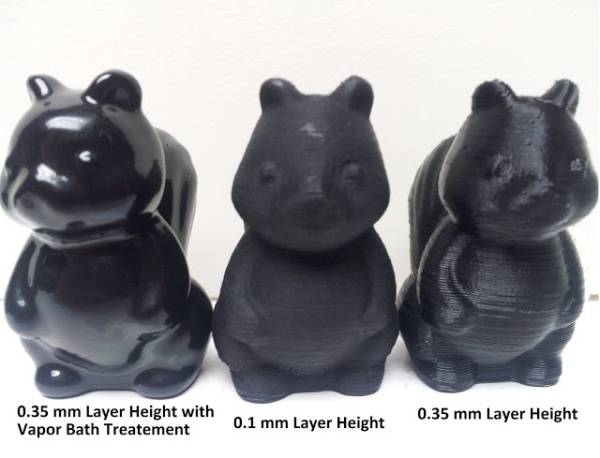
As you can see in the photo above, a figure printed with 0.35 mm layers and then smoothed has a better finish than a part printed with 0.1 mm layers that would have taken more than three times as long to print. The example of the figure is a piece of ABS smoothed with acetone vapor, but a piece of PLA smoothed with one of the methods that we will suggest would work exactly the same.
What methods are available to smooth out PLA?
There are several ways of smoothing parts printed on PLA to obtain the benefits described above. Today we are going to talk about three of them: Chemical smoothing using dichloromethane, smoothing by applying epoxy resin and smoothing using a specific PLA of the polymaker brand.
Smoothing with dichloromethane
Before explaining this method to you, we must warn you that it is not something you should do at home without the proper precautions. In Bitfab we believe that safety comes first, so we recommend that you do not try this method if you do not have adequate protective measures to deal with potentially dangerous chemicals. Wearing glasses and gloves is essential, as well as doing all the work in a very well ventilated place. We insist on the importance of this, as the products used, while not extremely dangerous, can cause problems if not handled carefully.
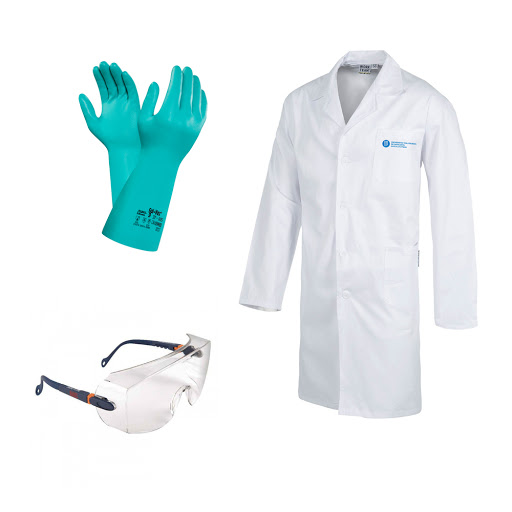
Now, let’s start with the explanation. To smooth PLA we need to find a chemical that dissolves this polymer, just as acetone dissolves ABS. PLA itself is a plastic that is formulated in many different ways depending on brand and color, so some solvents do not work with all PLAs. Acetone itself, used with ABS parts, can be used in some types of PLA depending on its formulation, but it is not the most common.
For most cases the less dangerous solvent that usually works is dichloromethane or methylene chloride. This chemical is relatively safe if handled carefully and consciously because of some of its properties such as its characteristic sweet smell that prevents it from evaporating unnoticed.

The instructions for use are very simple, although there are two alternatives: direct application or application by means of steam. If we want to apply the product directly we can use some element such as a brush or a paintbrush. If the piece to be smoothed is small, it can be immersed for a few seconds in a container filled with this product. We have tested it by applying the product with a brush and we got amazing results.
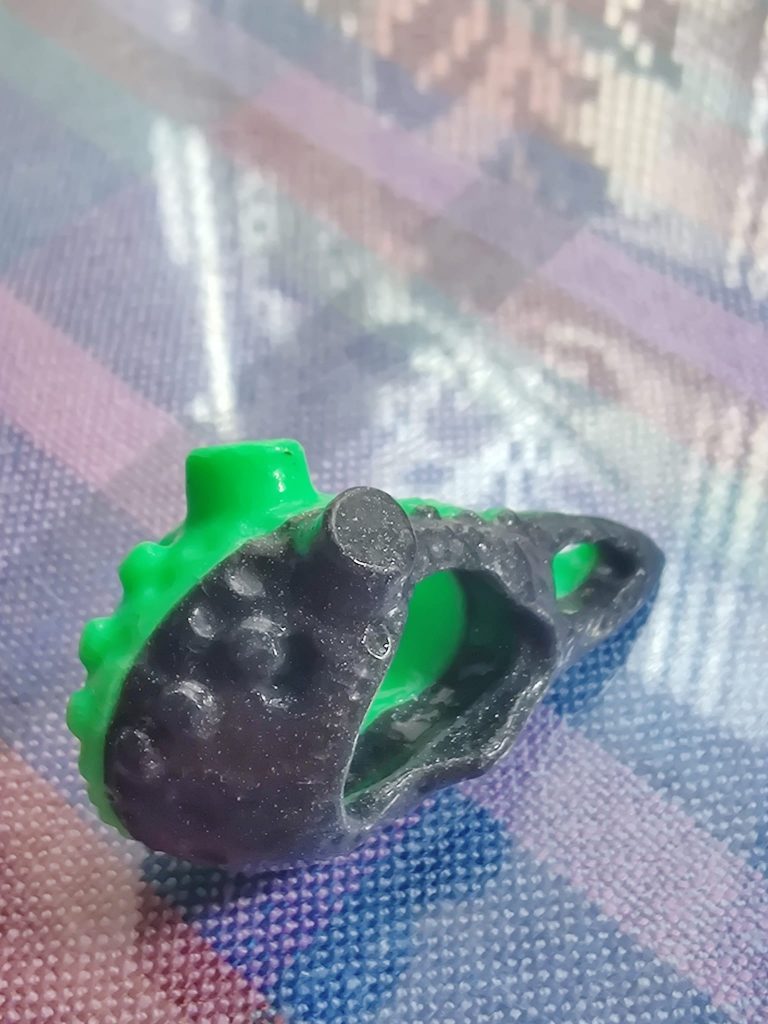

An alternative, and slightly more demanding, way is to smooth the part by leaving it in a container with methylene chloride steam. We can do this in several ways, but the simplest would be to use an airtight container and place inside our part and one or more pieces of paper soaked in dichloromethane. This technique is basically the same as the one used for smoothing ABS pieces using acetone and you can find many videos on youtube. Here is one that explains in a very simple way how you can do it:
Smoothing PLA using epoxy resin
The one that we have tested, and that we can guarantee works is this one of the XTC-3D brand.
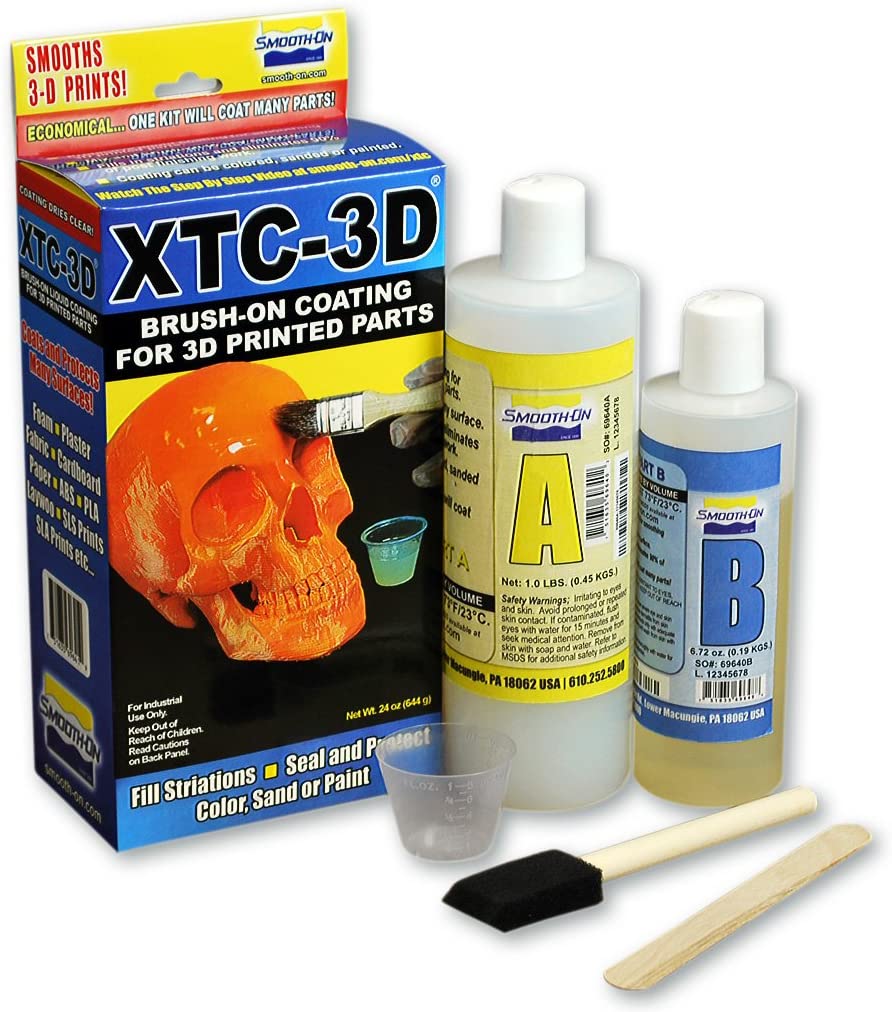
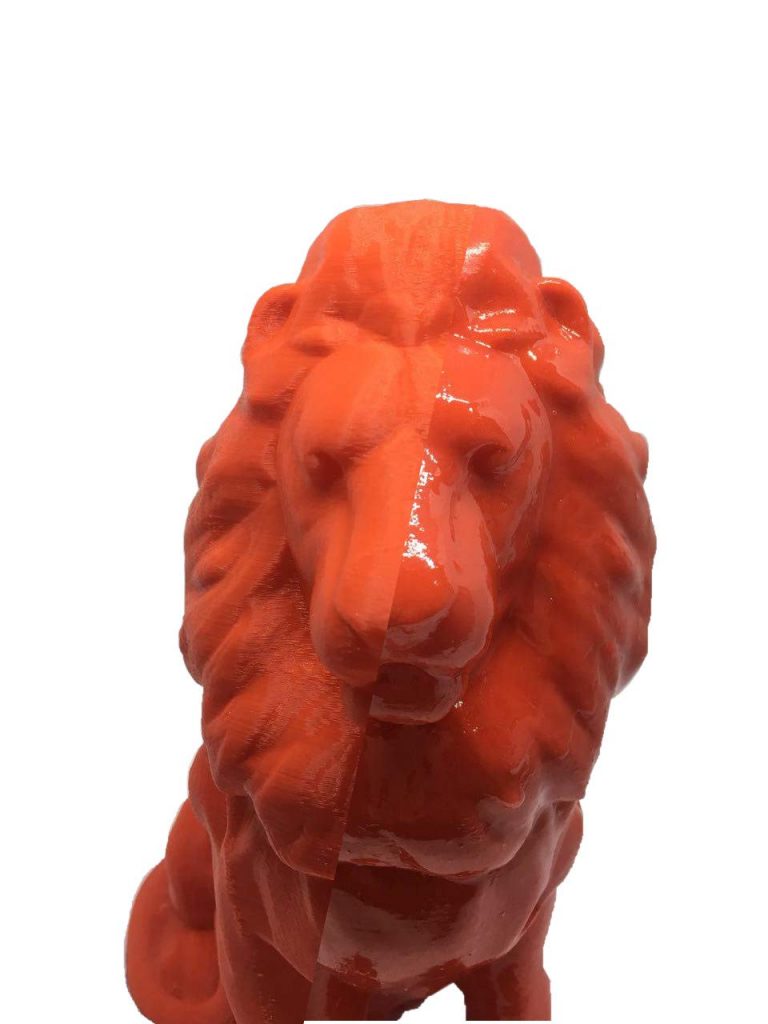
In the picture on the right you can clearly see the effect of this type of resin. Even in a model like this, where the original model was already very well printed, applying a layer of resin leaves a perfect finish, which almost looks like a piece produced by injection.
The method of application will vary depending on the resin we choose, and you should follow the manufacturer’s instructions. Usually it is a two-component compound that we must mix and then apply with a brush or spatula.
Smoothing PLA using Polymaker branded products
There is a type of PLA whose formulation makes it soluble in isopropyl alcohol, a much less dangerous product than acetone or methylene chloride. This is why this material, of the Polymaker brand, has become quite popular among those who want to smooth their parts without getting too complicated. This brand’s PLA, called Polysmooth, is printed like regular PLA and has the same properties. Once printed we can apply alcohol directly or through steam, as explained above. Additionally, the people at Polymaker have developed their own steam chamber to smooth out your parts in a professional manner.
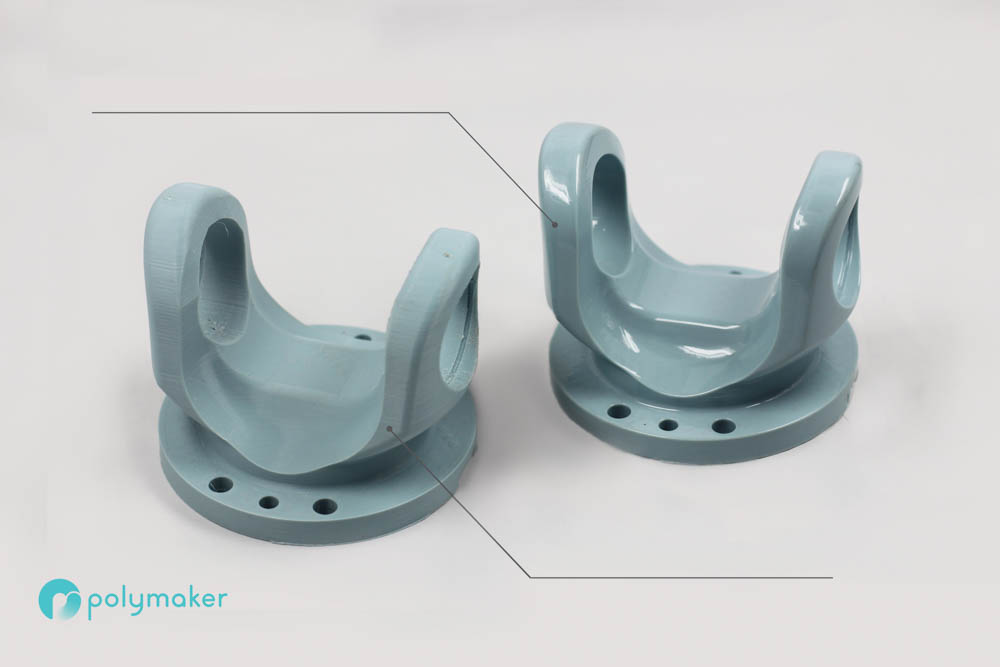
This is probably the most professional way of smoothing your pieces, since by using a material specifically designed for this purpose you will get more consistent results than if you use one of the previous more “homemade” methods.
You can find the PLA here and the polisher here. It is priced at around 300 euros at the time of writing. In our opinion it is an excellent investment for the professional sector, since it provides the best results in a simple and consistent way, with guaranteed good finishings and without requiring any special skill
The most demanding solution: sanding and painting
There is another solution, but it is the most time-consuming of all. It is to post-process the part completely by priming, sanding and painting.
To prepare a part for sanding you can use the epoxy resin we talked about or a body primer spray, which fills the gaps in the coats. It is also possible to do this without any surface treatment, which involves sanding a little more to completely remove the marks from the coats.
After sanding you can prime the part and paint it using spray, brush… or the method of your choice.

To conclude
We have taught you several methods to smooth your PLA parts so you can find the one that best suits your needs. There are other methods to do this, in addition to other materials that can serve as an alternative to PLA if you want to get excellent finishes.
In Bitfab we are experts in additive manufacturing and post-processing, so you can trust us if you need help to manufacture your parts or want advice on this issue.
